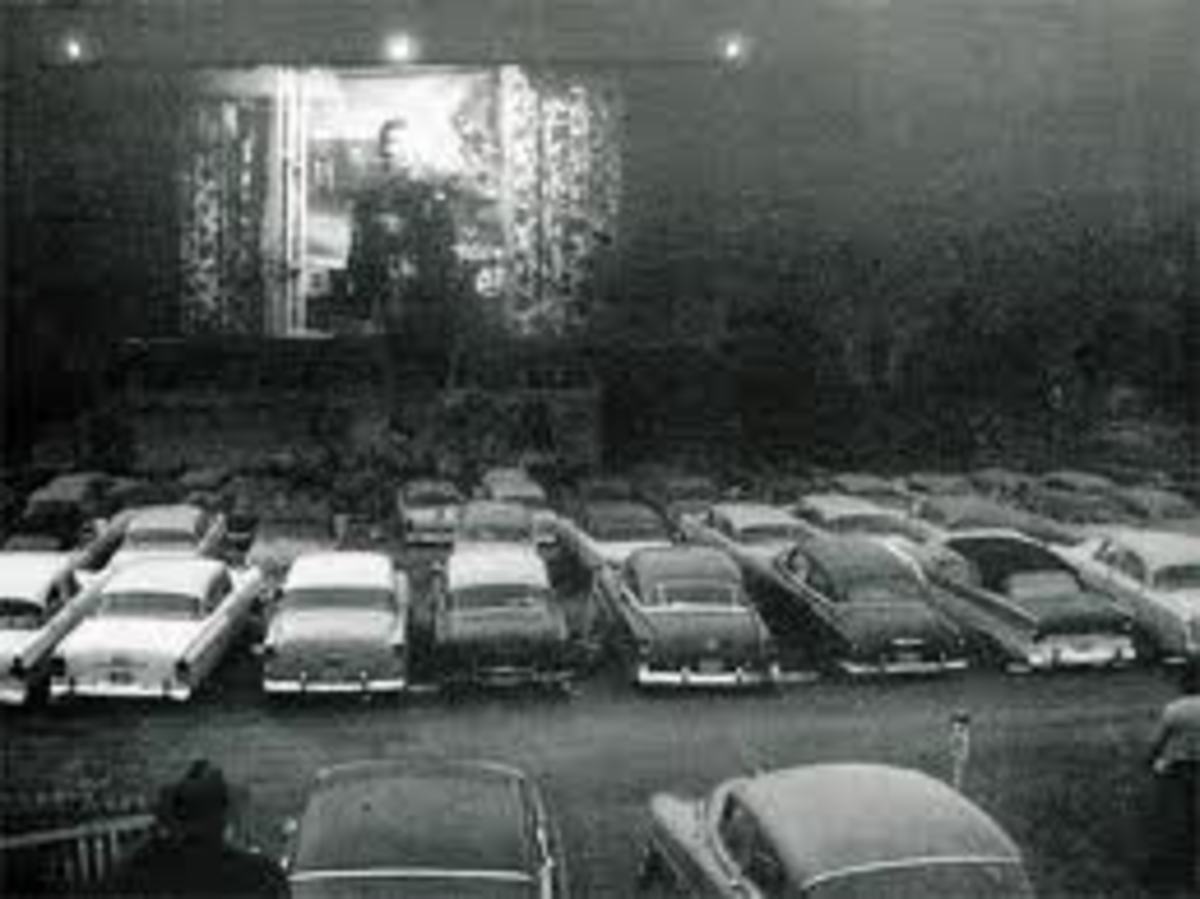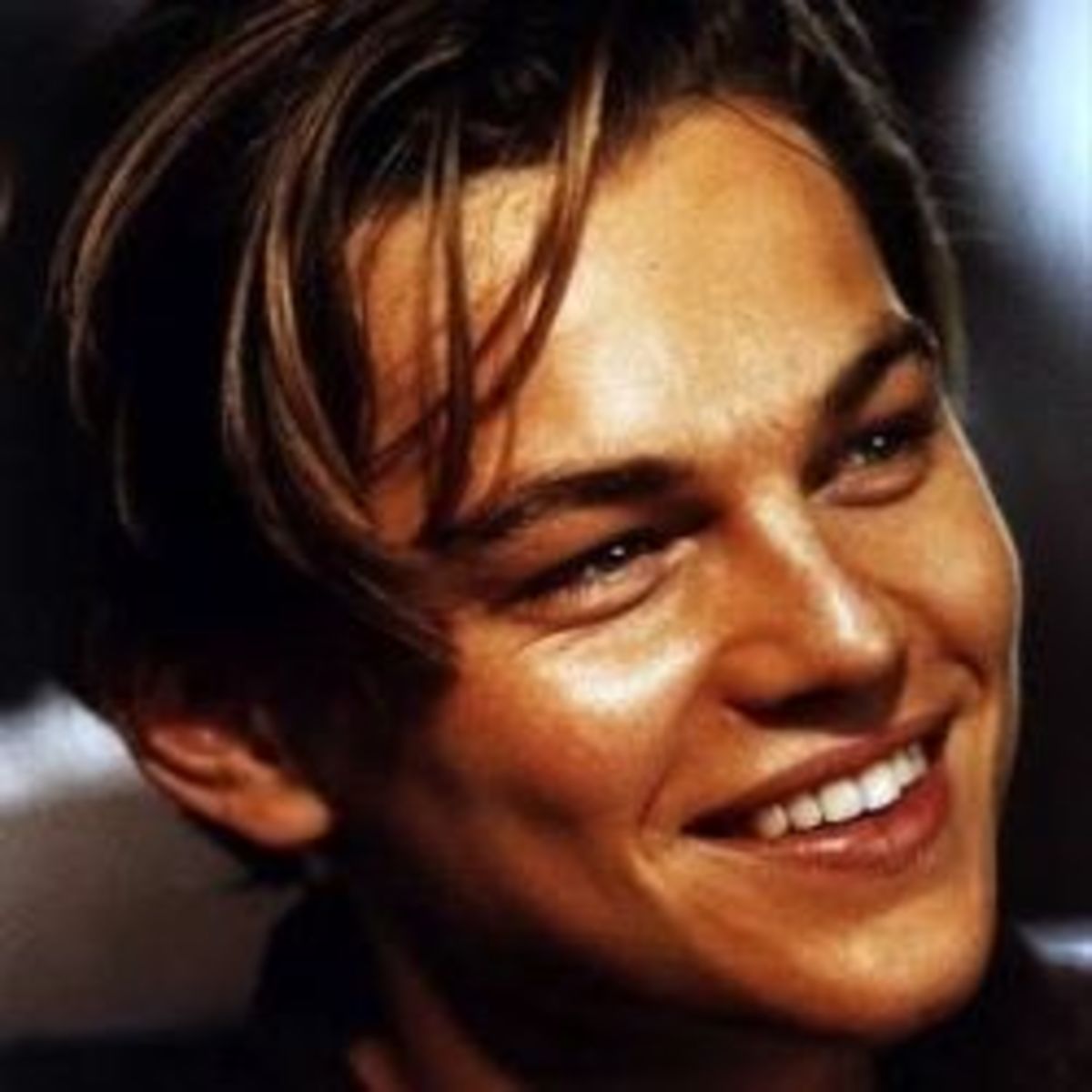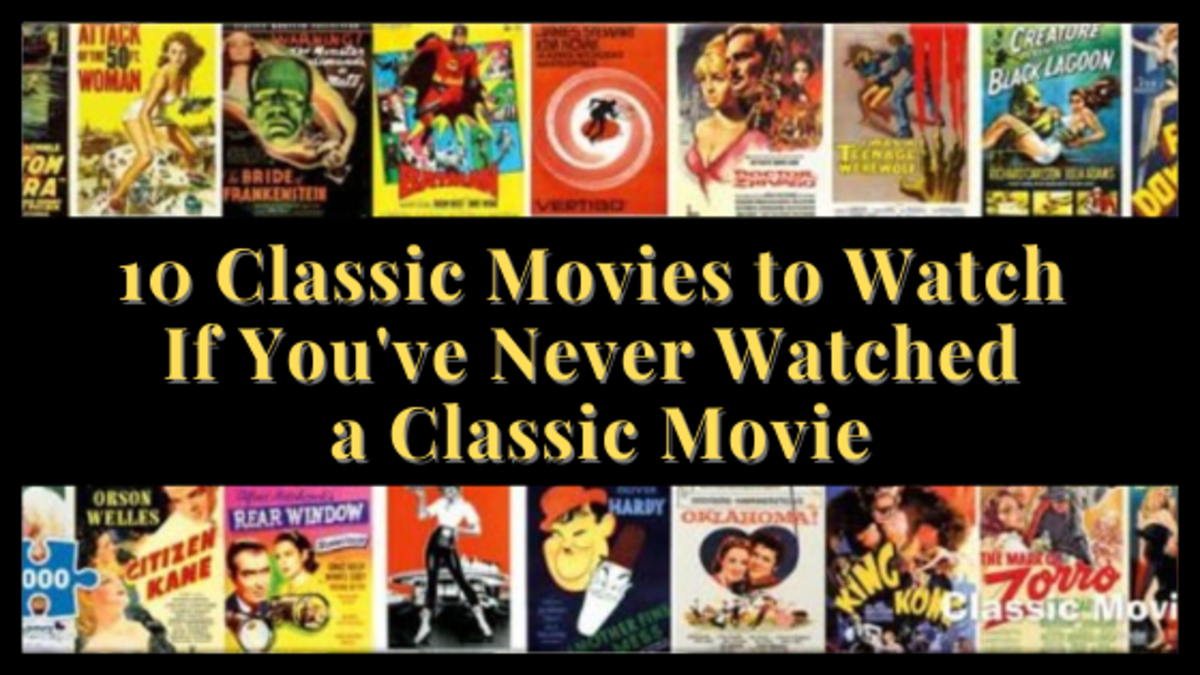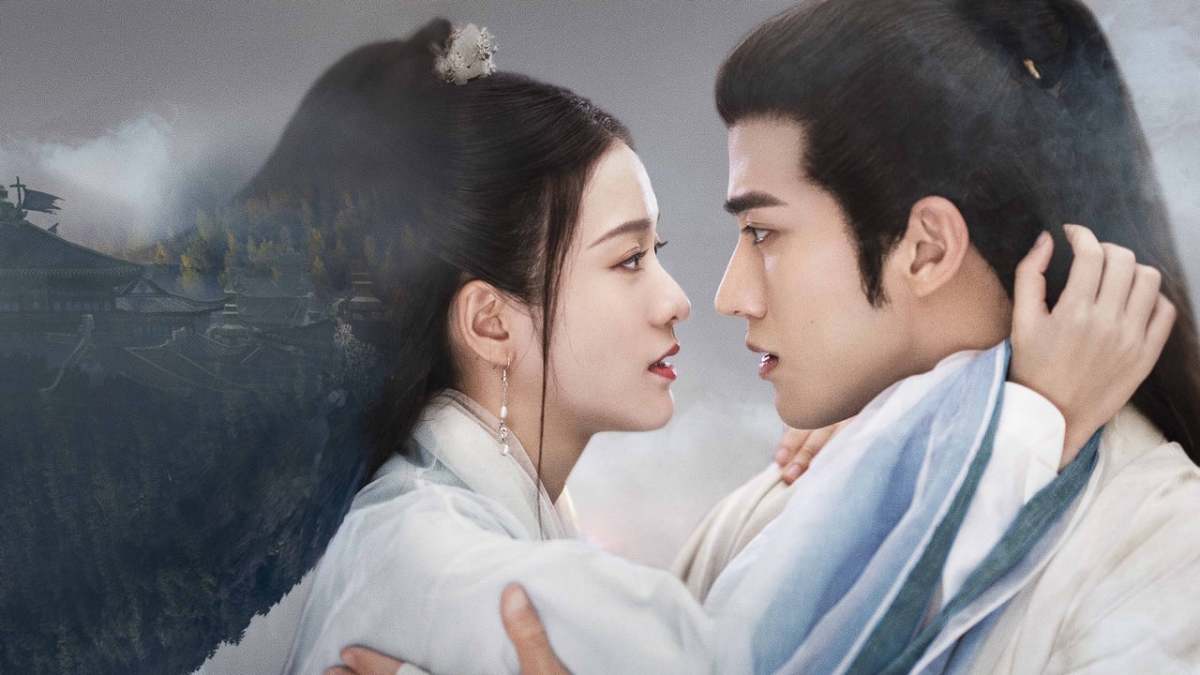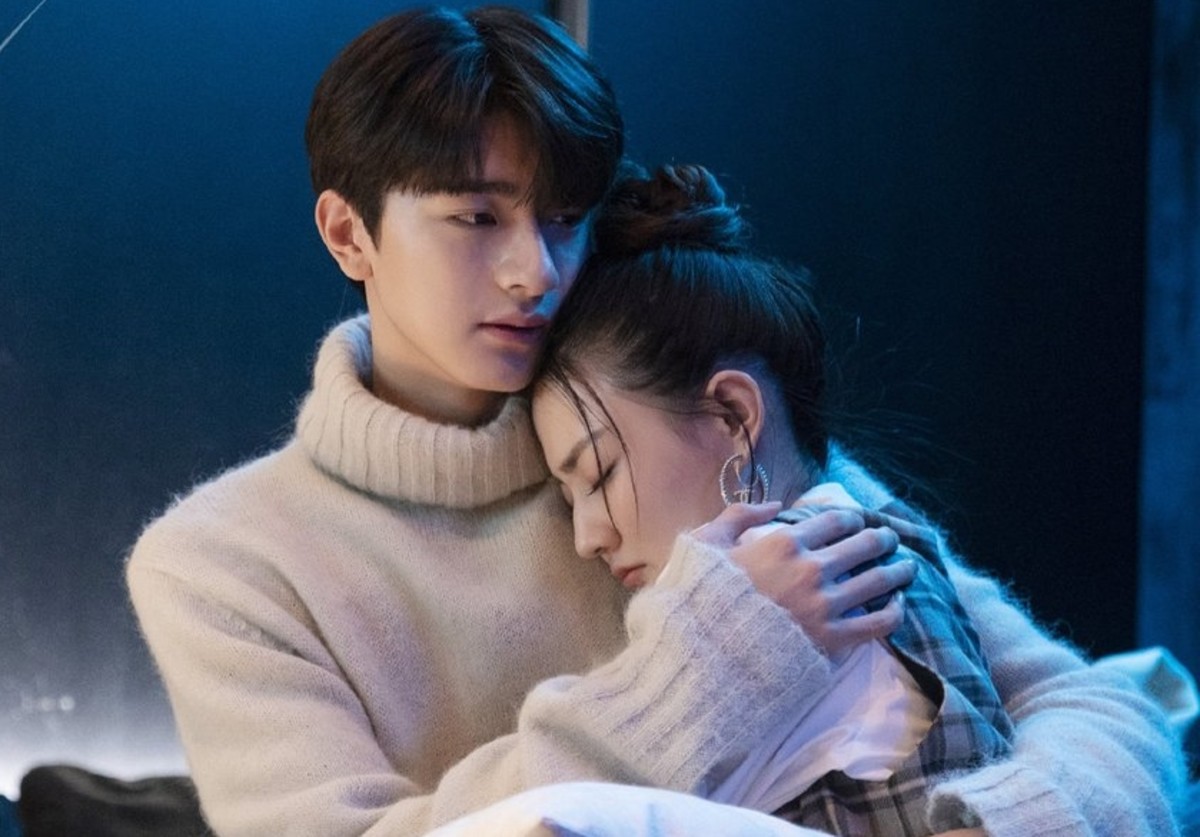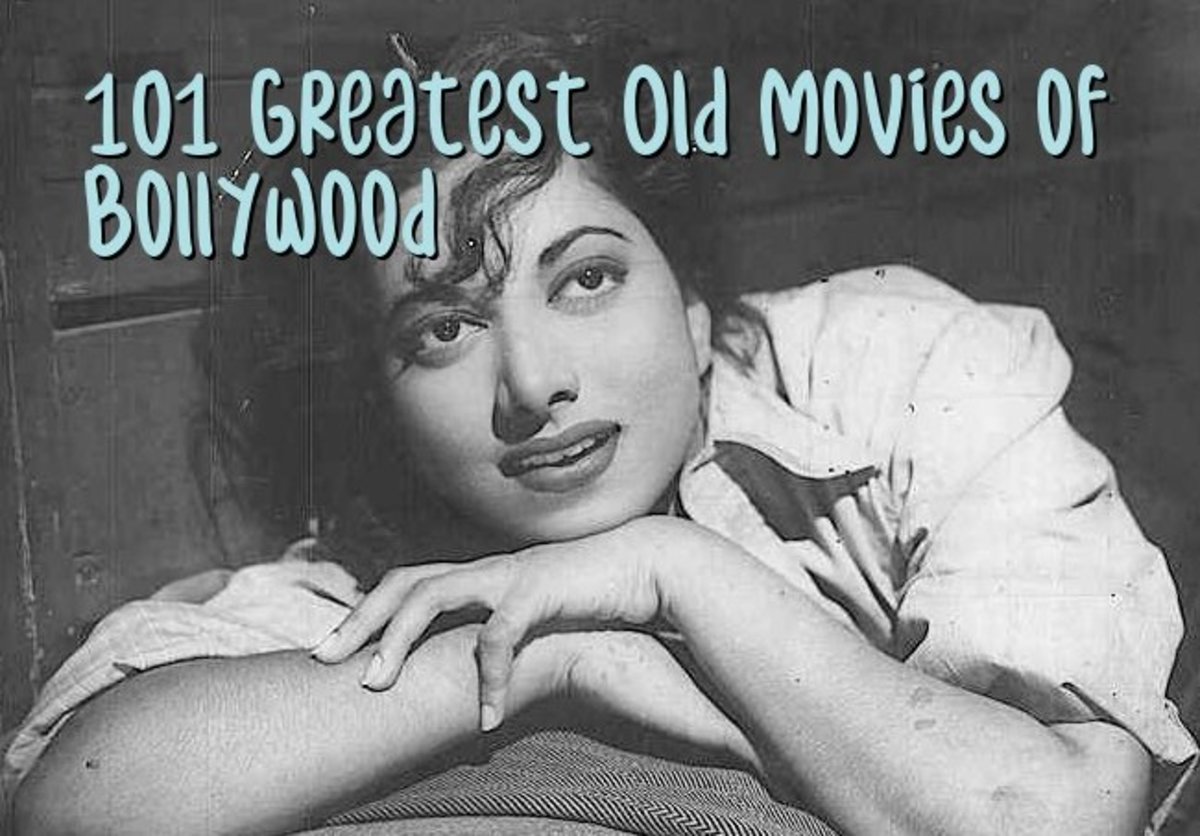How to Make a Classic Movie
Topline Equals the Bottom Line
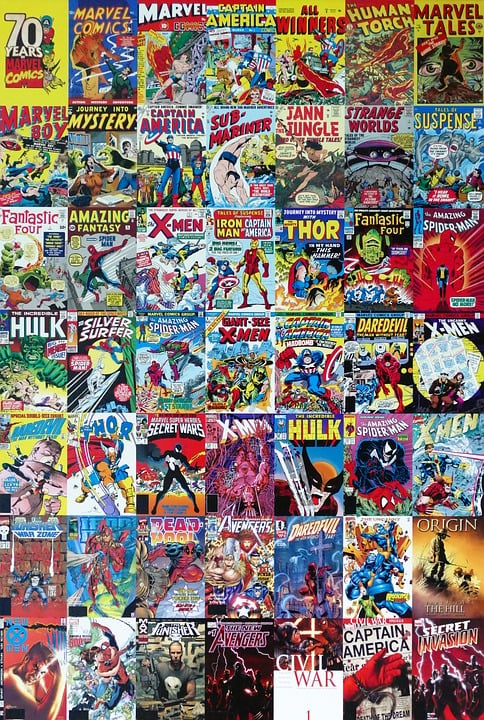
1. Invest in Story
As far as long term success for a movie goes, the people holding the purses are the biggest risk to a film not getting there. This is not a problem just in the movie industry, but also in all of entertainment, where demographics and fear of recoup govern the creative execution. It means stories get watered down or rehashed and audiences get patronized with unrealistically happy outcomes or endless links to sequels.
Of course billion-dollar franchises are at stake, but this article is about making a classic. It's too easy to rely on already established mythologies of Superman, Batman and the like. When it comes to our viewing desires, it really comes to down to relatable characters and engaging narratives that takes us on a journey of escape via an emotional ride of tension and release. Where is the tension if we know it never ends or when it does it's always going to be an Ewok party?
If it has to end feelgood, then it's all to do with the third act, the final reel, and the amount of jeopardy the protagonists are in: We need to believe the odds are impossible, insurmountable or even, that the story is over for them. But even then, this smacks of a lack of reality that marks it throwaway, and it then has to be assessed on those terms.
With the comic book generation of movie franchises – series' of films I dreamt of as a child – it's great that they are comic-like, but they should never forget the opportunity to invest in authenticity, and so, a relative plausibility that makes sense in their universe. This goes especially for the plan of putting story arcs in numerous films for fans to debate over and risking spoiling a legacy or transgressing the spirit of the original intention of series, characters and their relationships.
This article is about making a classic film, not making a classic series. When we look back at the best superhero films as standalones, it does become surprising how many of them begin to fall short of being cherished, say for example, the X-Men series. But in a comic-book throwaway sense they deliver like 50s westerns with the highlights being noted actors. To make a classic then, you'd have to point to films that defy the genre, like The Dark Knight (2008), that is less superhero-driven and is more film noir blockbuster, or films that truly excel beyond expectation like Spider-Man 2 (2004) where Dr Octopus – seemingly a ridiculous proposition – is realised to maximum effect, making him a foe formidable enough for engaging jeopardy.
Making a Convincing World
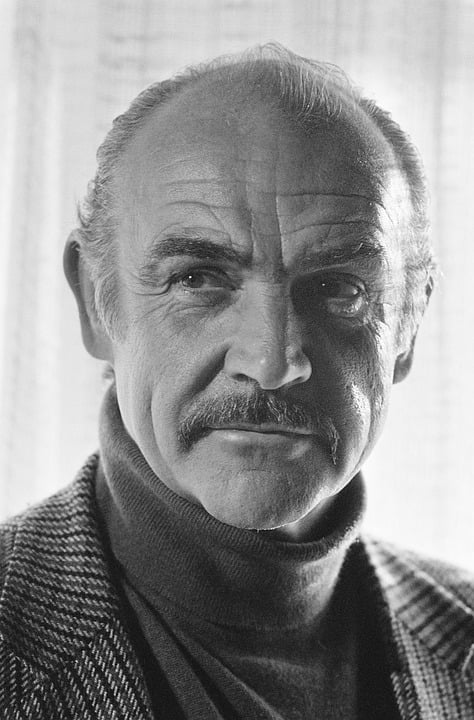
2. Be Plausible
Sometimes a fantastical idea can stretch belief and stop a film being acceptable. James Bond's invisible car in Die Another Day (2002) or the mask and voice disguise system in the Mission: Impossible system that gets their agents anywhere, anytime are two examples of ideas that inhibit excitement. It even makes you laugh and it's kind of entertaining, but plausibility has to be in reach when fighting the impossible, otherwise it's not an impossible task and the tension evaporates.
It's easy to say in a virtual world of infinite forums that fans will forgive things if their long posted demands are met. The grist for a debate also makes for excellent box office hype. But where talking film and longevity here, not online chat: thought out plotting and relevance to the legacy matter, otherwise those chats either peter out or dwell on what might have been.
Great Music Doubles the Power of a Film

3. Make Music to Remember
Time and again big blockbusters crowd their soundtracks with crash, bang and whallop sound FX and incidental music to match. The music seems to have been codged together from a stock library of muzak for situations by a studio suite with all the same plug-ins of sub bass, dark strings and timpani brass stabs. This is a missed opportunity to spur heroes with a tune as with Indiana Jones; emote with themes as with Luke Skywalker looking at binary suns; or even create set pieces with bespoke archiving, think Michael Mann's Heat (1995) or Tarantino and Scorsese pictures, or undoubtedly, epic grandeur from the scores of Maurice Jarre, John Williams, Ennio Morricone or the chosen music used by Stanley Kubrick.
Essentially a film doubles in power with a memorable soundtrack, why do so many multi-million pound films forego this obvious slam dunk? A good tune is an instantaneously effective piece of marketing magic that also works outside the film.
Hide the Special FX
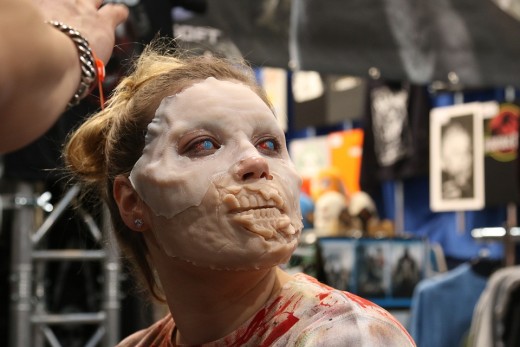
4. Don't Show the Join
This is about special effects and suspending the audience's belief visually. Since the advent of CGI we're spoilt for exciting colorful displays, but this is where films are easily spoiled. If you take a model and shoot it small to make it look bigger, at least you're going to see detail and perceive it moving about in it's own world. It's far to say Industrial Light and Magic perfected this for Star Wars movies. When you throw in CGI things almost seem not worth looking at, as your instincts don't perceive a perspective of real-world light, distance and detail.
Multiplied armies, cosmic space scenes, over elaborate spaceships and hectic monsters are so busy with the flash they sometimes forget to show fallibility and create the tantalising feeling we could imagine ourselves existing in the scene. It's the difference between 'movie backdrop' and real landscape. If we take the Jurassic Park series we can tell the difference between computerized chasing beasts and on the ground or physical ones for close up. It's still amazing technology, but imagine the physicality of the close up beasts becoming chasers.
Ready Player One (2018) excepts the vintage quality of computer simulation and runs with it, but I wonder if fundamentally that in the future the technology and thus the simulated world should have looked better? It really misses a John Williams score that's for sure. If the whole film had been as groundbreaking as The Shining alternative reality scene then I feel it would have equaled the ambitions of previous Spielberg FX-driven glories.
But it's enough to say that if a film wants to be classic it has to be aware of the extent of how far it can rely on it's use of CGI. In this respect a film like The Return of the King (2003) gets the balance right, mixing costume, make-up, live-action and digital enhancement and Die Another Day (2002) gets a recall here to exemplify the lack of real action, like when Bond surfs a collapsing glacier. Brosnan does twist and steer that paraglider like his life depends on it, which is quite rare for Bond you have to admit, but it only serves to make the backdrop look laughably worse. Perhaps this film will be a classic in the 'so bad, it's good' category.
A classic film is never about FX, even though that seems like a major draw for box office.The film is about making incredible scenes, and this can be done with build up, imminent threat, tension, real-time, (muted) sound, surprise, distance, camera angles and (minimised) script. For my money this makes the New York attack scene the best in Avengers: Infinity War (2018). It works especially because it's more grounded in real world elements. I particularly liked the confidence of not making the action so blurry or quick, and that you can actually see it.
Does a Classic Icon Make a Classic Movie?
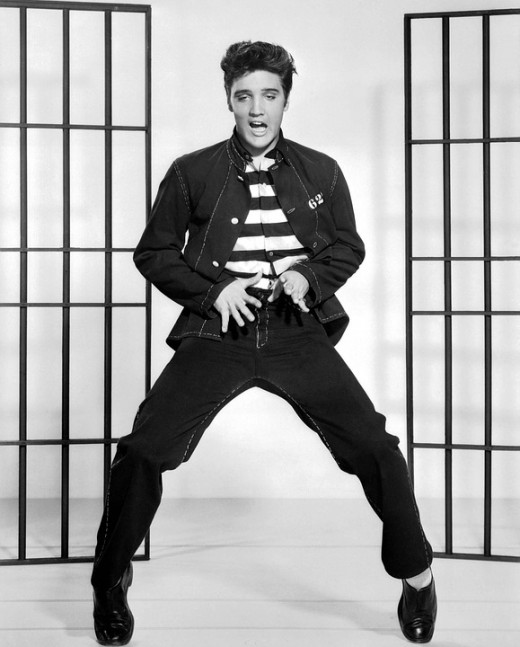
5. Make the Characters Relate
Getting the script and acting right can basically come down to the screenplay creating characters that are fully formed. This may mean giving the actors space to imagine backstories or making them strong and giving them each screen time and arcs enough for audiences to invest their minds and hearts for two hours. Thread this well and deliver by the end and the audience will forgive you a lot.
Love Actually (2003) is an example of stretching both the number and sentimentality of characters in largely romantic ensemble comedy that solved a writing problem for Richard Curtis – that of having too many stories lying around – while inadvertently (or maybe knowingly) reflecting the onset of a digital TV age of boxset narrative and condensing it into one film. But it still works, as you can follow the stories and the people leading them, however trite or contrived you think the set ups have been made. Yes, it's not an overly intellectual confection, but each thread tugs at the emotions with highs and lows in a humanly believable way, and such quick and truthful heart string pulling is not an easy thing to direct. I would argue it's now a Christmas classic.
For characters, perhaps you can get away with a Samwise, but not with a Jar-Jar Binks, and this may be about casting or cynical marketing; the truth is the writing has to stand up in such a way as to make the only job for the actor not to mess up.
Alternatively you have a star-charisma the part's been written for, then all you have to worry about then is complacency and making sure there are enough challenges for the actor, character and audience to enjoy overcoming together. And an ensemble cast of good actors or characters (preferably both) can transcend many bad production decisions.
© 2018 Jonny Wills

